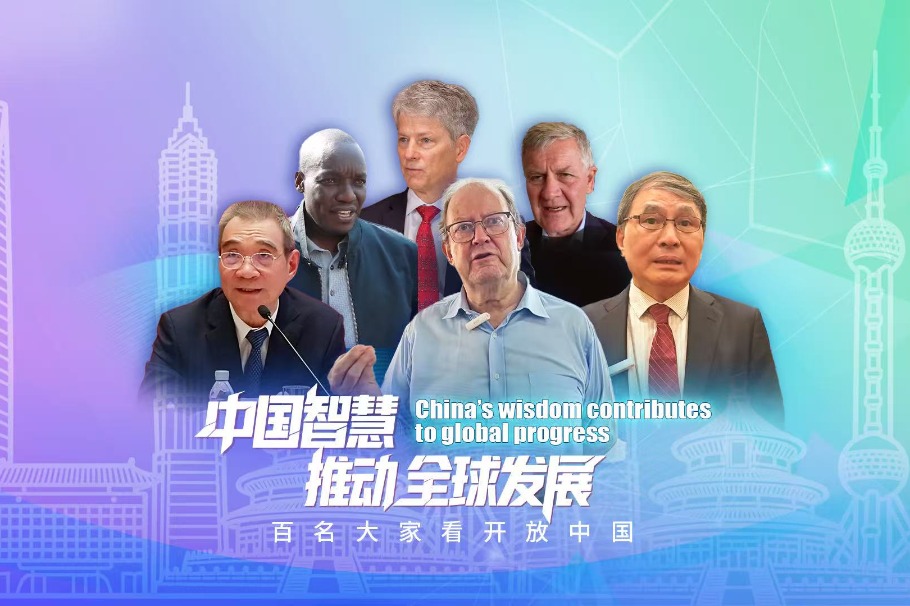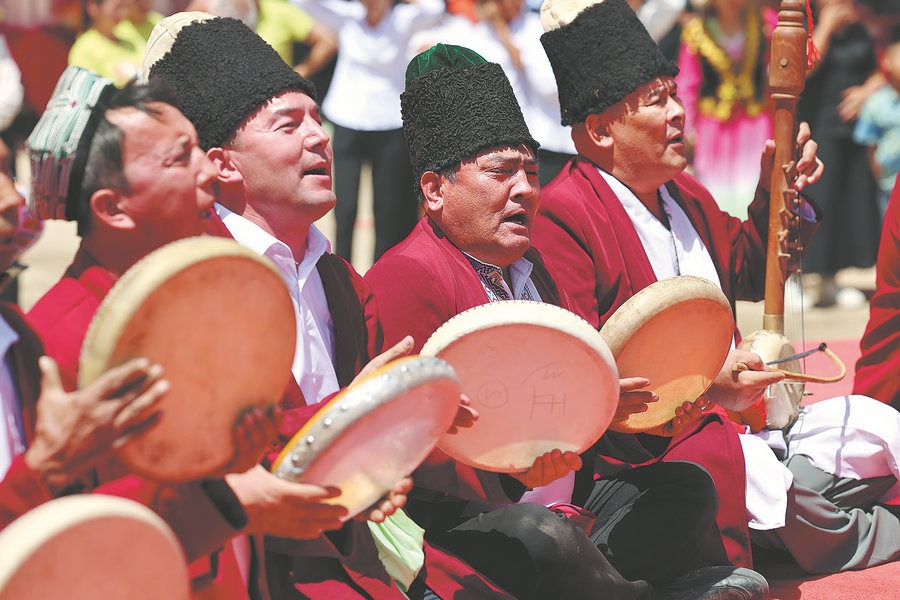New Delhi should show sense and foresight: China Daily editorial
chinadaily.com.cn | Updated: 2023-08-16 20:04

In his Independence Day speech on Tuesday, Indian Prime Minister Narendra Modi made a special mention of the country's northern border with China. Speaking of the Vibrant Village Program that aims at the comprehensive development of select border villages, he said that "These villages were called the last villages of India. We have changed that mindset. That village at the border is not the last village. It is the country's first village."
The program, which is sponsored by the Union budget 2022-23 and covers about 2,963 border villages, is apparently aimed at countering China's development of hundreds of xiaokang, or moderately prosperous, villages along the Line of Actual Control.
It must be pointed out that the development of the xiaokang villages that the Modi government sees as a thorn in its side is by no means aimed at strengthening China's control of the border area. The villages are mostly home to ethnic Tibetans that have been living in these areas for generations. China's sovereignty over these areas is an indisputable historical fact. There is no need to strengthen its control over them by rebuilding these villages.
The development of these villages has indeed been carried out under the xiaokang project, as New Delhi has noted. However, it is not a tactic targeting India but a comprehensive development strategy China proposed in 2012 for the whole nation, and the strategy was completed around 2020. What the Indian side cannot see in its satellite imagery is that these villages, along with all others in China, are now part of the rural vitalization project, which is being carried out nationwide following the success of the poverty alleviation project that concluded the xiaokang plan.
The Vibrant Village versus xiaokang farce the Modi government has orchestrated epitomizes a major cause of the stagnation in relations between the two neighbors. Whatever it does, New Delhi always thinks of Beijing in relation to its own desires, and thus it has indulged the spread of anti-China nationalism in Indian society. It is also evidenced in the irresponsible way it has treated Chinese investments and journalists in India, as well as its obstruction to China-related agenda on some multilateral occasions.
Yet on a more promising note, the 19th round of the China-India Corps Commander Level Meeting concluded on the same day as Modi's speech, and it is good to see that the two sides agreed to maintain peace and tranquility on the ground in the border areas. In the meeting, the two sides had a positive, constructive and in-depth discussion on the remaining issues along the LAC in the western sector, and they agreed to resolve these issues in an "expeditious manner" and to maintain the momentum of dialogue and negotiations through military and diplomatic channels.
The border disputes are in essence historical issues intentionally left by the British colonialists. They should not affect the overall development of the relations between the world's two largest developing countries. The two nations should demonstrate foresight and wisdom to prevent the disputes from being exploited by any external force to sow discord between them.
























